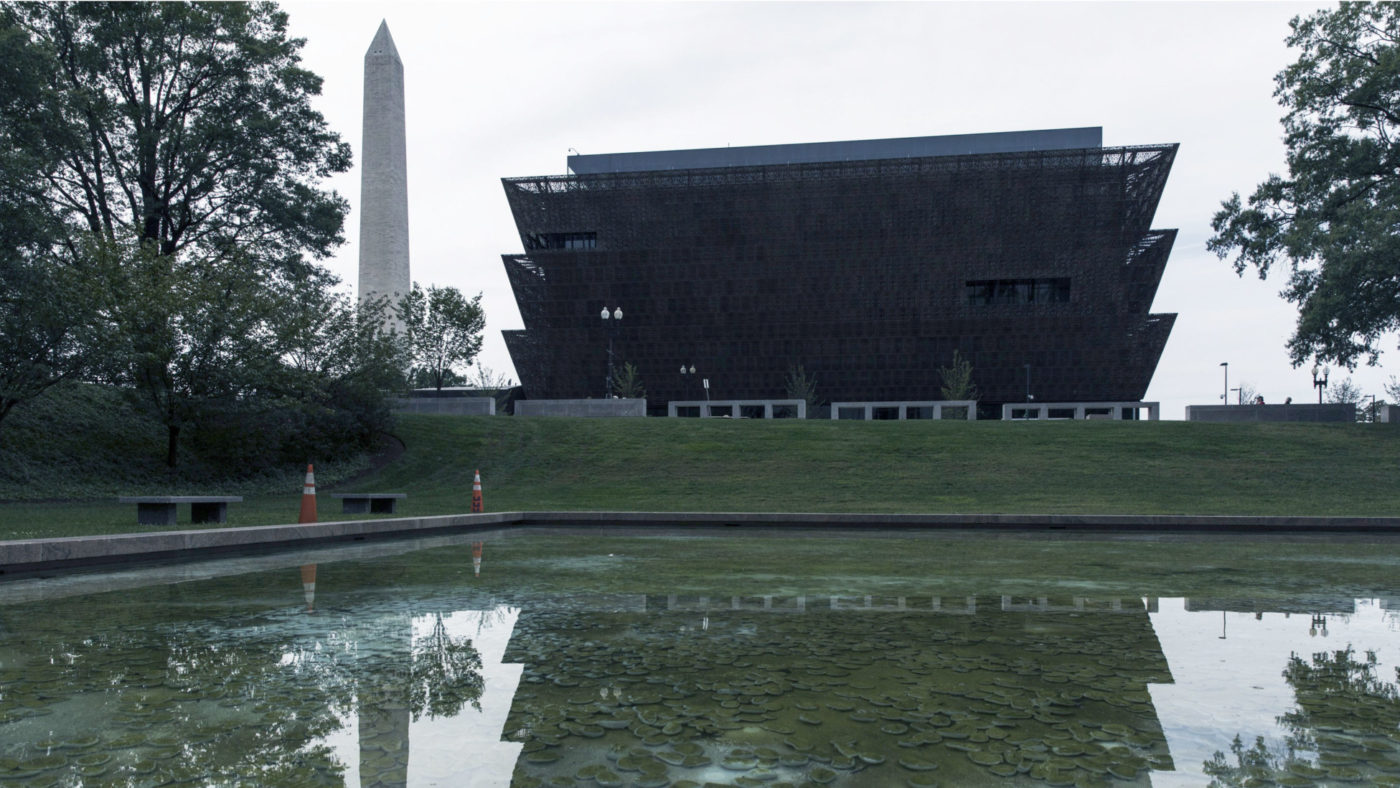Entering the Beazley Designs of the Year exhibition feels a bit like taking a glimpse into the future. The layout of the subterranean gallery at Kensington’s Design Museum resembles the Yad Vashem Holocaust memorial in Jerusalem, with its grey winding corridor funnelling visitors past the exhibits. Rather than simply focusing on aesthetic design, the exhibition celebrates the functional and ingenious, featuring items from engineering to political protest. The wheelchair that can seamlessly glide up and down steps using hidden, mini-caterpillar tracks seems like the sort of creation that deserves to be commonplace in a few years. Likewise, the hands-free luggage that follows you around using a wearable homing device may one day feel like an improvement as obvious as putting little wheels on heavy suitcases.
The exhibition acts as a celebration of human ingenuity and imagination, reminding us that, despite our many faults, we are capable of coming up with some remarkable creations. The noticeable theme that underpins much of the innovation on display is that of human interaction and exchange. Last week CapX editor Oliver Wiseman provided a useful corrective to the idea that the political divide of Left and Right has been replaced by “open versus closed’”. However, there’s no doubt that the latter paradigm is an element in modern society, and for advocates of “open”, the design exhibition demonstrates the value of cultural exchange, curiosity for the unknown and compassion for what is “other”.
My favourite exhibit was the Pilot Translating Earpiece, which acts like a modern-day Babel fish, as imagined by Douglas Adams in The Hitchhiker’s Guide to the Galaxy. (The Babel fish was a small alien creature that the protagonist Arthur Dent puts in his ear, allowing him to understand alien languages.) The Pilot does the same thing, translating speech almost instantaneously from 15 languages, with more on the way. Such a device may not do much for the embarrassingly poor foreign-language abilities of most Brits, but it may help them overcome it and allow people to explore the non-Anglophone world with greater confidence.
Elsewhere, Google’s open-source typeface Noto, compatible with 800 languages and over 100 different writing systems, is designed to provide fonts that can integrate multilingual content and allow communication across barriers of language and culture. The name Noto is shorthand for “no more tofu” – tofu being the little boxes that appear when your device doesn’t support a particular font.
Other designs which demonstrate a fusion of differing cultures and ideas include the winner of the fashion category, Nike’s Pro Hijab, sportswear for Muslim women inspired by Sarah Attar’s appearance for Saudi Arabia at the London Olympics in 2012. Similarly, the refugee crisis inspired multiple exhibits including the refugee flag (orange and black after the colours of the lifejackets worn to cross the Mediterranean) under which stateless athletes competed at the Rio Olympics in 2016, and Refugee Text, an interactive service allowing thousands of refugees to receive personalised, up-to-date, reliable information on demand, without the need for a smartphone or the internet.
Even attracting new people to Wales made the design shortlist in the form of the country’s rebrand, which consisted of new dragon imagery, a bespoke font called Cymru Wales Sans and new photography guidelines in a bid to boost business and immigration. The result has seen a 30 per cent increase in social media followers for the Welsh Tourist Board and five million visits to its website since the launch.
This year’s overall winner was the Museum of African American History and Culture in Washington DC, designed by the Ghanaian British Architect Sir David Adjaye. His three-tiered structure, covered in perforated bronze plates, sits next to the Washington Monument.
Time will tell if Adjaye’s triple-decker museum will be deemed a worthy winner, but he sums up the shared driving force behind both his design and the other examples of human ingenuity on display: “I have always understood this project to be about people from one culture understanding the experience of people from a different culture.”
Looking back over the 10 years of the design awards, the judging panel haven’t always made the best calls. In 2008, for example, it gave the top award to the One Laptop Per Child programme, a project creating simple, affordable laptops for children, overlooking one of the defining designs of the decade, Apple’s original iPhone. The Design Museum’s director, Deyan Sudjic, admits this was a “howling error”.
Whether they get it right or wrong, however, design does demonstrate that, if we want to see great innovation thrive, we must continue to keep ourselves open to a world of new ideas, people and places.


